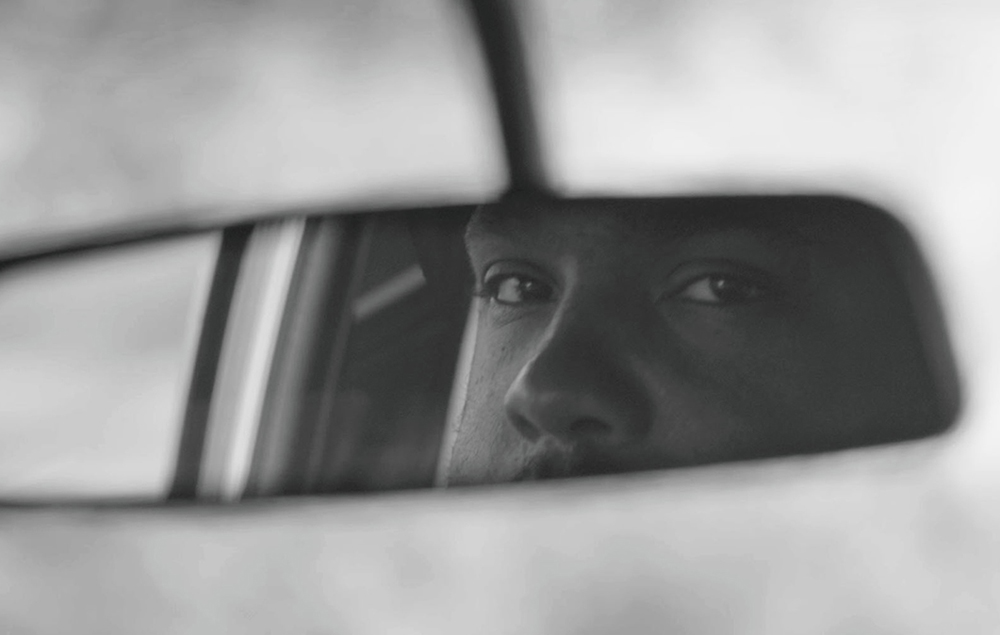“We didn’t have anything but each other,” Lillian McGill, a former secretary for the Lowndes County Christian Movement for Human Rights says in “Lowndes County and the Road to Black Power” living not far from Birmingham, Alabama where the civil rights movement was in full swing but had barely reached her community just south. Even before hearing what she has to say, there’s strength in seeing McGill in the present day in Geeta Gandbhir and Sam Pollard’s fascinating chronicle of a community that was hardly alone in living in the shadow of the revolutionary events happening all across the South in major cities during the 1960s. But McGill and other Lowndes County residents are able to share first-hand testimony that offer an entirely different depiction of the era than the network television footage that continues to resound when it was unlikely news crews would make the trip out to their neck of the woods, a place where 80 percent of the locals were Black yet none had positions of power in local government and sharecropping became a euphemism for slavery when the area’s economy was still run by plantation owners who would only extend credit to those in their employ to shop at their general stores.
Gandbhir and Pollard are able to lay their hands on some startling footage from Jack Willis, who had filmed tenant farmers for his 1966 film “Lay My Burden Down,” but paint an equally vivid picture around it as they interview those that are still standing today in Lowndes, no doubt because they stood up for themselves when the civil rights movement could only go so far geographically at the time. Still, if John Hulett, one of the county’s own, hadn’t joined the NAACP after spending time in Birmingham, only to return to Lowndes County on a family matter, there might not have been a framework to organize the community around the right to vote, a pursuit that had been unthinkable in parts where the registrar’s office was a place of intimidation rather than invitation.
The more resistance there was towards their efforts, the bigger the crowds that showed up, leading to the arrival of the Student Nonviolent Coordinating Committee and one of its most fiery activists Stokely Carmichael, and while Gandbhir and Pollard impressively draw clear historical lines of progress – Hulett would eventually achieve political success after thinking he might not ever be able to vote and the black panther used as a logo for the Lowndes County Christian Movement for Human Rights’ preferred slate of candidates eventually took on a far greater meaning across the country in Oakland – the two are careful not to oversimplify the messy path towards democratic representation, with participants ultimately telling a story of their resolve in fighting for a cause that sadly remains at issue to this day, going even deeper into their setbacks than their successes. Pollard, who began his directing career on “Eyes on the Prize,” continues to add to his monumental catalog of Black life in the 20th century that most historical texts have paid little mind and there’s no mistaking the intimacy that Gandbhir so often brings to her docs such as “I Am Evidence” and “Call Center Blues” in giving space to her subjects to speak, as no one who appears in “Lowndes County and the Road to Black Power” is there to describe an experience but rather involve one in it, honoring them by continuing a tradition of taking down borders in places where they seem like they won’t ever come down.
“Lowndes County and the Road to Black Power” will open in theaters and be available on Prime Video and Apple TV on December 2nd.




